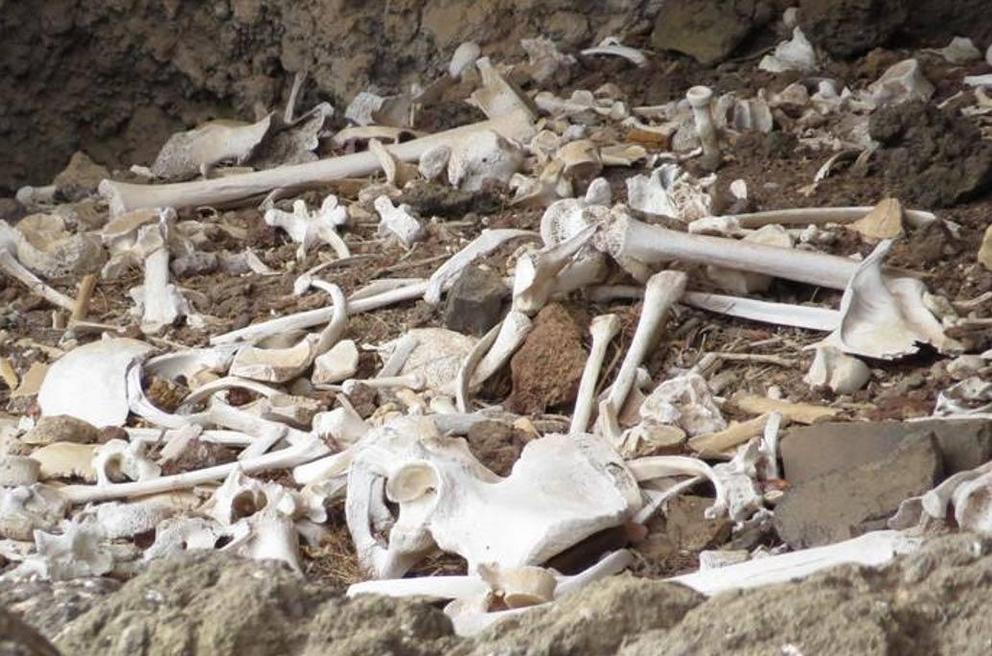Dozens of mummies and skeletons found in Canary Islands cave tomb
The bones of 72 Guanche people were found in a hard to reach cave-tomb in the Canary Islands.
An 8th to 10th century grave containing 72 pre-Hispanic 'Guanche' natives has been discovered on Gran Canaria. In June last year an amateur archaeologist from the group 'El Legado’ flew a drone over the Valley of Guayadequeon on the island of Gran Canaria, part of the Spanish Canary Islands, and identified the ancient sacred site. But the team of researchers only recently told authorities of the “cave-tomb” fearing it might be looted or vandalized.
Unearthing Adult and Newborn Guanche Mummies
The Guanches were the aboriginal inhabitants of the Canary Islands and in 2017 the first genome-wide data project confirmed they were of North African origin - descended from the Berbers of Libya. These hunter-gatherers migrated to the archipelago around 1,000 BC and lived in caves and huts with a rudimentary knowledge of farming. Similarly to ancient Egyptians, their rituals led them to embalm and mummify their members of higher social standing, who were left in caves, while lower classes of people were buried in the ground.
The amateur archaeologists identified a unique site that archaeologists found contained the mummified ancient remains of 72 pre-Hispanic 'Guanche' natives - comprising 62 adults and 10 newborns - dated to the 15th century AD.
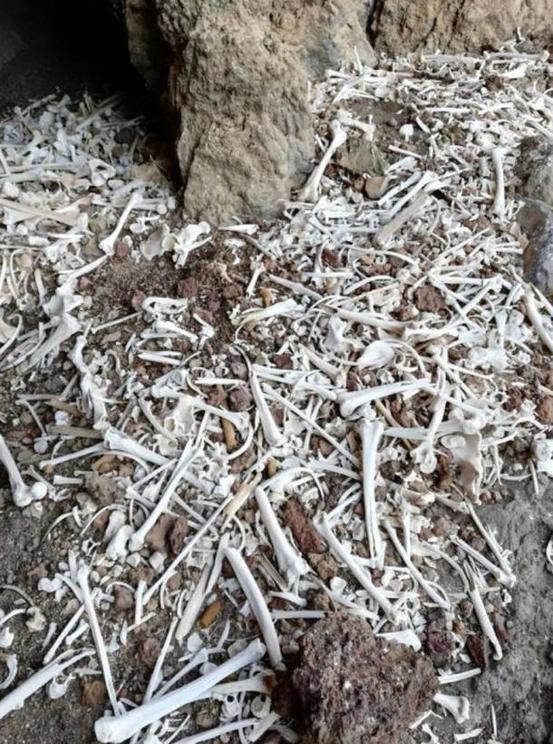 The remains of 72 Guanches have been identified.
The remains of 72 Guanches have been identified.
An Ancient Mummy-Studded Cave
Archaeologist Veronica Alberto and culture councilor Javier Velasco told local media that while there are many burial caves in Gran Canaria there are “not many like this one.” It was found filled with the remains of the aboriginal Guanche inhabitants from before the islands were colonized between 1402 and 1496, at which time the Guanches were ethnically and culturally absorbed by the settlers.
Gran Canaria boasts around 1,200 archaeological sites, but where this site is unique is that newborn remains have not been found in any previous excavations and during the study the remains of the burial shrouds traditionally made from animal skin or vegetable fibers were also discovered. This tells the scientists that “all the pre-Hispanic people in the Canary Islands were prepared similarly for burial ceremonies,” according to Ms. Alberto.
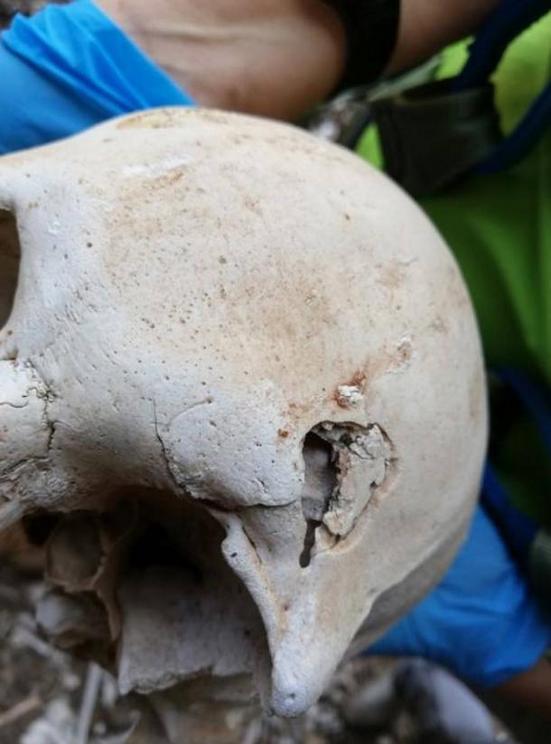
Remains of a pre-Hispanic Guanche person.
Preservation and Respect Called For
The cave was identified at the end of June 2019 by members of the amateur archaeology group 'El Legado', formed by Ayose Himar Gonzalez, Jonay Garcia, and Jesus Diaz. It is located at 23 feet (seven meters) above ground and Mr. Gonzalez said they took some aerial pictures of the cave but people thought the photos were fake because of all the bones. The archaeological experts said they had a hard time climbing to the cave because it is located, deliberately, in a “very difficult place to access” and they needed to climb a nearly sheer cliff to reach the cave-tomb.
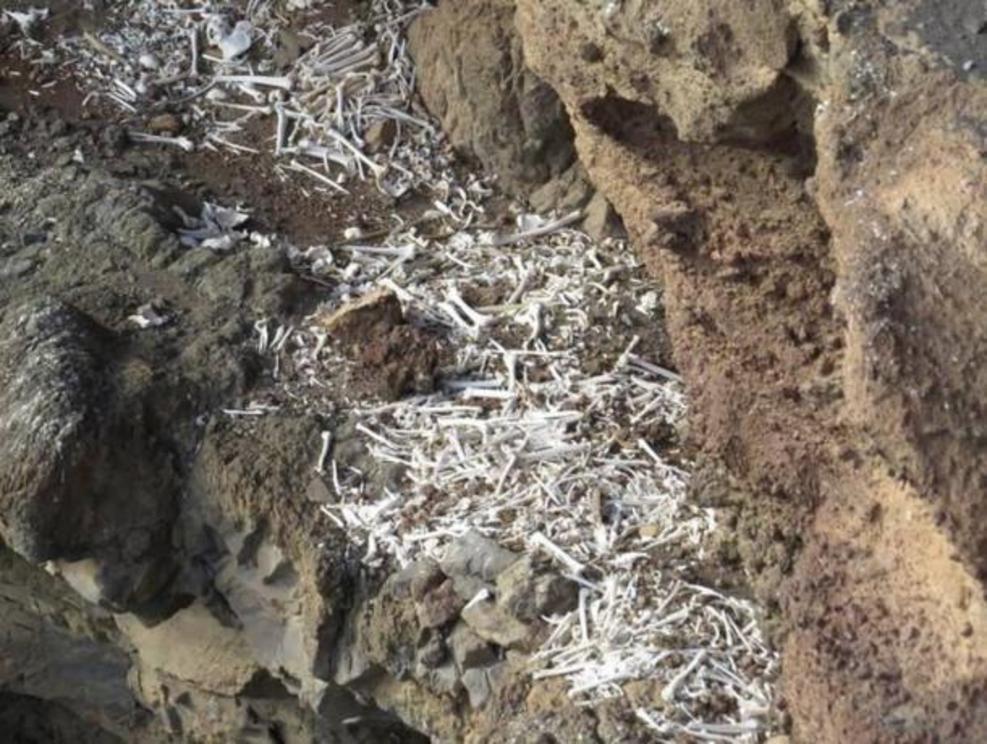 The Guanche remains were found in a hard to reach cave.
The Guanche remains were found in a hard to reach cave.
In a report in the Daily Mail , Mr. Gonzalez said the cave should be closed off and preserved with the bones left where they are, and the reason they decided to report it is because they want the local authorities to “preserve and respect it.”
Whistling in Ancient Winds
Mummification was not the only Egyptian cultural habit shared by the Guanches of Tenerife; they also built pyramidal structures across the island, demonstrating that they too had a working knowledge of geometry, architecture, and construction procedures. After the Spanish conquest of the Canaries, however, Guanches were ethnically and culturally absorbed by Spanish settlers - but their ancient culture remains a significant part of Canarian customs and traditions.
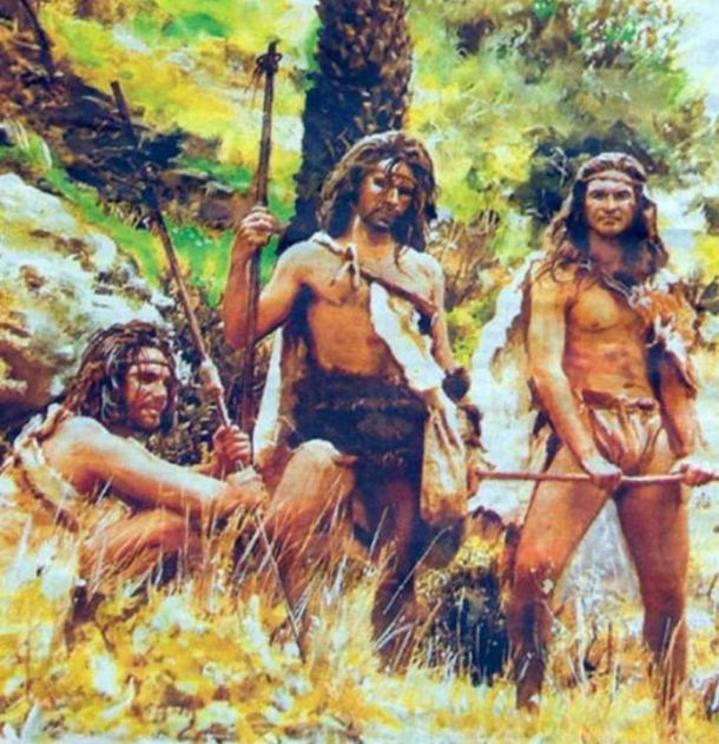 Guanches.
Guanches.
Silbo Gomero , the whistle language of La Gomera Island, is today used to communicate across the deep ravines and narrow valleys across the island, and according to Hello Canary Islands around 22,000 people can whistle the language correctly. Reproducing Castilian Spanish in various whistle sounds, this ancient form of communication has been passed down from fathers to sons for centuries as a tool for working in the countryside.
Wind Chimes of African Origin
According to the BBC, this ancient method of communication replaces the Spanish language with “two whistled vowels and four consonants,” and the sound has the ability to travel up to two miles (3.2km). The whistle language was developed and used by the Guanches long before Spanish settlement and died out around the 17th century, but many of the words (and whistle sounds) were integrated into the Spanish spoken on the Canary Islands.
A report on Today I Found Out explains that spoken Guanche had a simple phonetic pattern that made it easily adaptable to whistling and the original hunting and gathering settlers from North Africa brought the whistled language with them; which evolved into Guanche whistling and then to silbo Gomero. Knowing all this, when you look at these mummified Guanche remains it becomes harder not to hear their ghostly whispers that once echoed through the hills and valleys of this ocean-locked ancient hunting ground.

